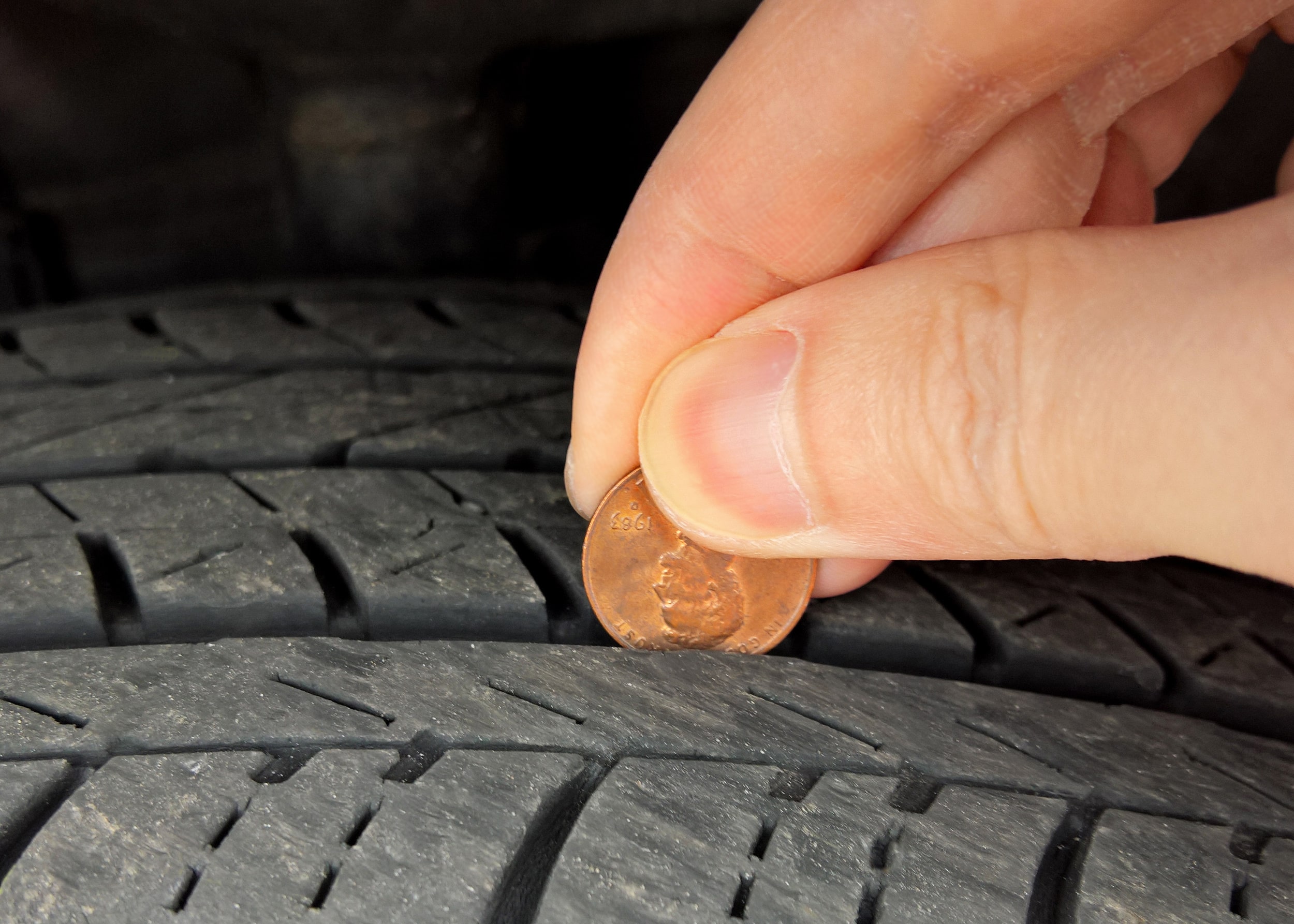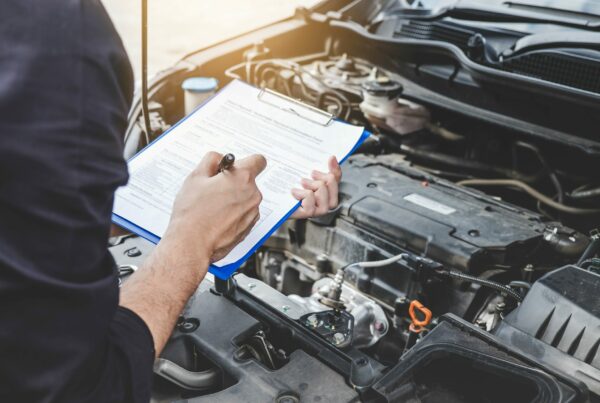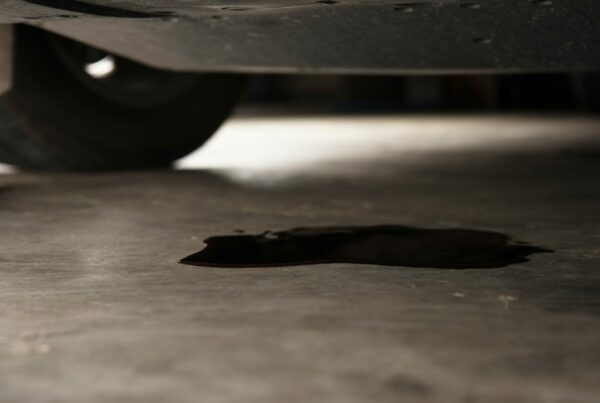The tires on your car play a vital role in your driving experience and are essential for ensuring the safe performance of your vehicle. They serve as the crucial connection between your car and the road, enabling acceleration, braking, and maintaining control. High-quality tires can significantly contribute to a safe and comfortable ride, while worn-out or subpar tires can pose risks on the road. In addition, inadequate tires can lead to increased wear on your vehicle, decreased fuel efficiency, and potential issues with wheel alignment, suspension, tire balancing, and brakes.
The consequences of tire failure can be severe and even catastrophic. Recent studies indicate that approximately 11,000 car accidents annually are attributed to tire failure. These accidents typically result from factors such as worn-out tire tread, under-inflation, and blowouts. It is crucial to prioritize regular vehicle maintenance, including routine tire inspections, to ensure proper care. Performing a thorough tire inspection at least once a month is recommended, and more frequent inspections are advisable for those living in colder climates, frequently driving long distances, or frequently encountering rough road conditions.
The Tire Safety Inspection Process
Check Tread Depth
The correct tread depth of your tires makes sure you have enough traction to grip the road. Doing a penny test by placing a penny upside down in your tread is a simple way to test your tread depth. If you can see the top of Lincoln’s head, it may be time for new tires. Worn out tread makes your vehicle unsafe and can also keep it from handling as well as it should. Tread wear indicator bars are also molded into the tires to help you keep track of your tire wear. If the tread wear bar is flush with the ribs of the tire, you need new tires.
Check Tire Pressure
Use a tire pressure gauge to make sure your tires are properly inflated. The ideal pressure for your vehicle’s tires can be found inside the driver’s side door of your vehicle or your vehicle’s owner manual. Maintaining the correct tire pressure keeps you safer on the road. Be sure to check every tire to make sure they are all inflated to the correct PSI. Compare this to your vehicle’s recommended inflation pressure.
Check the Sidewalls
Examine the sidewalls of your tires for bulges, cracking, scrapes, and gouges. Cracking happens when the rubber on your tires begins to degrade from exposure and normal wear. Bulges and cracks could mean that tire failure is imminent, and it’s time to replace your tires.
Routine Tire Maintenance
Tire Maintenance like wheel alignment, tire rotation, and tire balancing are also important for your tires to be effective. Also, keep an eye on your tires’ age. Your tires can last for up to four to five years. Keeping your tires maintained is not only quick and easy, but it also keeps you safe and can save you money. Visit our tire shop to assess your tires and ensure your safety and your vehicle’s longevity. If your tires are worn or out of commission, so is your car. If your tires show any signs of wear or damage, have them professionally inspected by our technicians to see if you need to have them repaired or replaced.
There’s no need to second guess when it comes to your tires! Schedule an appointment today and let our tire experts help keep you and your family safe while on the road and prolong the life of your vehicle.





